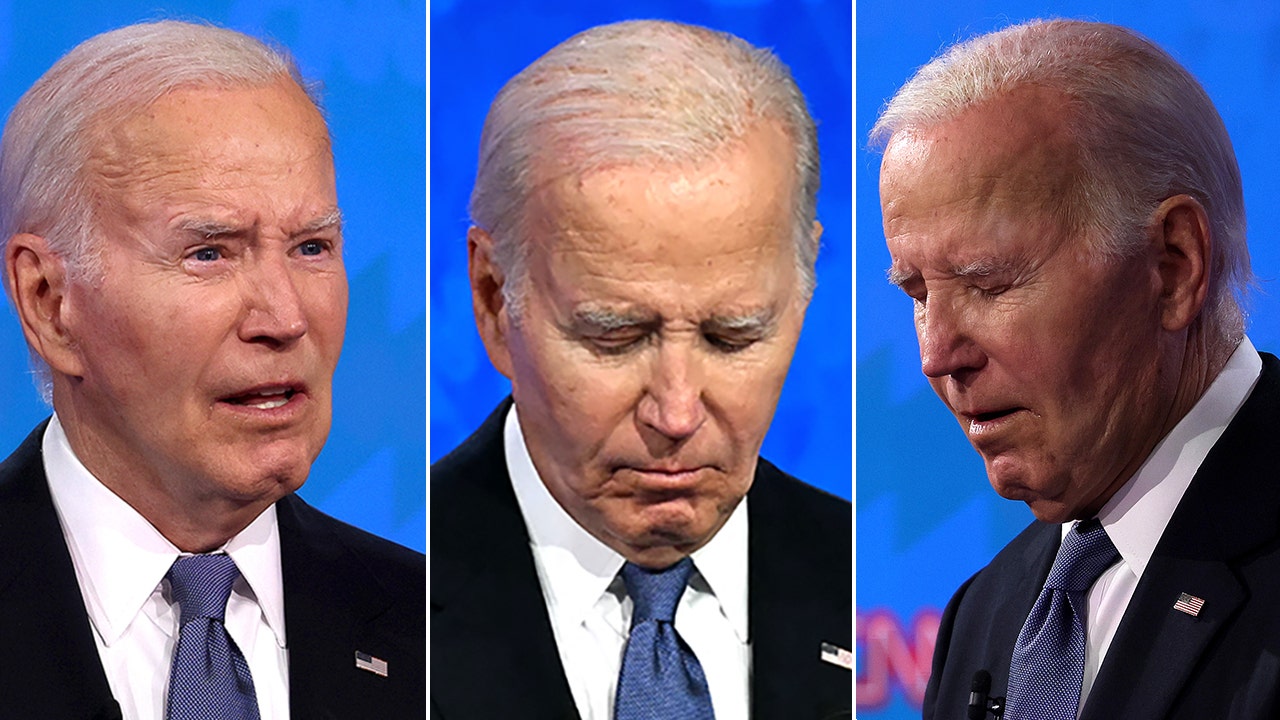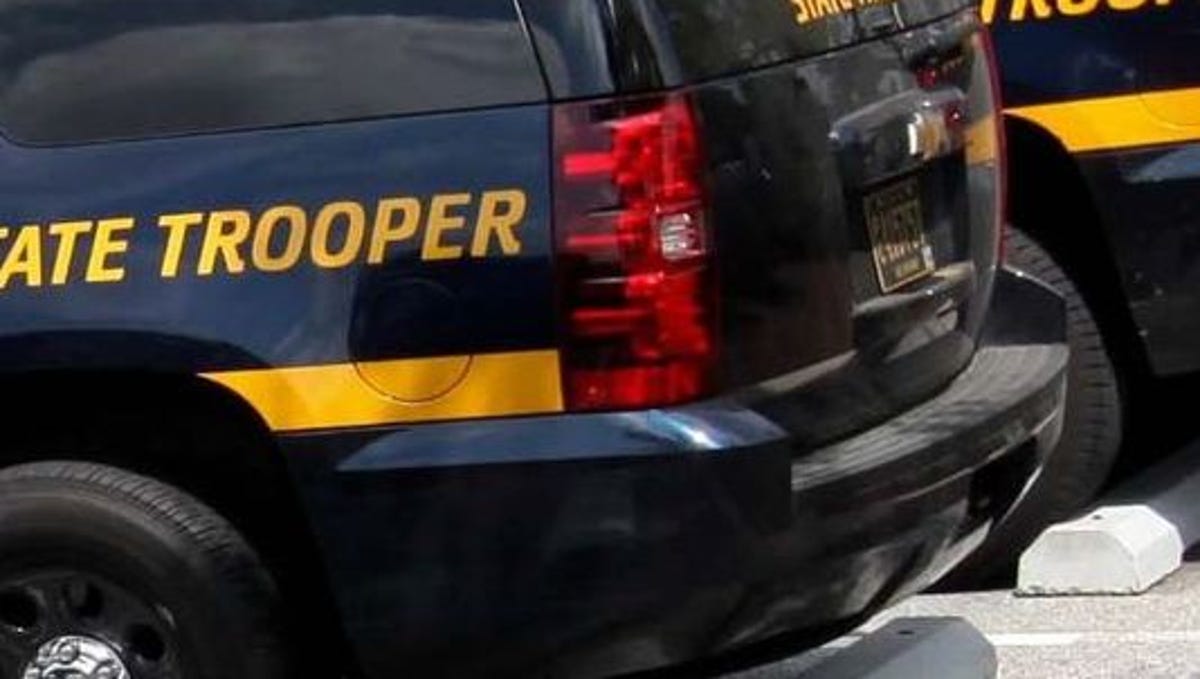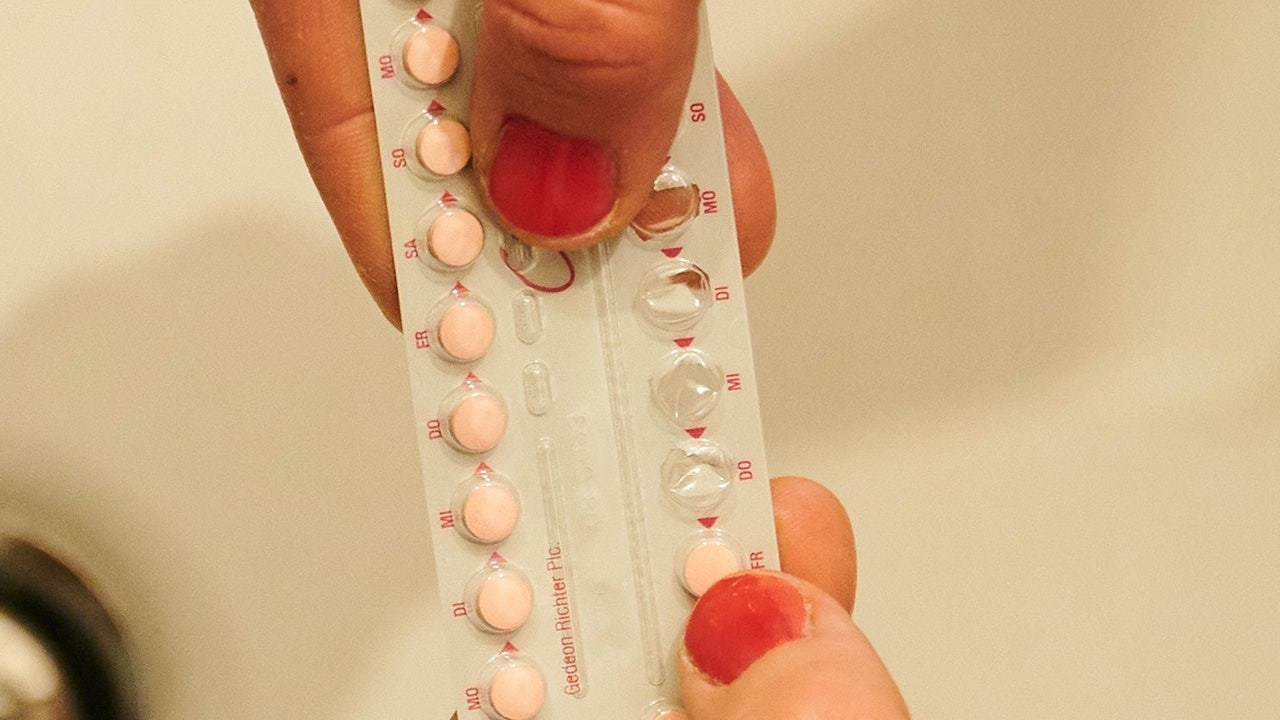Michigan
Literacy, mental health, and at-risk funding: What will lawmakers prioritize in the state school budget?

Sign up for Chalkbeat Detroit’s free daily newsletter to keep up with the city’s public school system and Michigan education policy
Michigan lawmakers are poised to approve a state education budget that would build on last year’s historic investment in the state’s most vulnerable students, while also increasing funding to improve student mental health, education for English language learners, and literacy.
But some students, parents, educators, and advocates are worried that the state won’t be able to fully fund “dire” needs at a time when Michigan faces several budgetary challenges.
Roughly $5.6 billion in federal COVID relief funds will expire this year, and state revenue growth is expected to slow in coming years. Declining enrollment also has created funding shortfalls in some districts.
Some fear districts will face painful cuts.
“The state of education right now is – truly, we’re desperate,” said Kathi Martin, a speech language pathologist and union president in Dearborn Public Schools.
“The amount of resources we have never seems to be enough,” she added.
Last week, the House passed a proposed budget that would increase school funding by $900 million compared to last year’s. That’s just slightly higher than what Whitmer proposed in her executive budget.
The Senate appropriations committee has also proposed an increase in school aid, of $1.1 billion. The Senate has not yet voted on the committee’s recommended budget, however, and is expected to take a vote in the coming days.
The legislature has a deadline of July 1 to pass a state budget. When both houses pass a budget, it will go to the governor to sign. It will take effect Oct. 1.
Last year, lawmakers passed a $21.5 billion school budget that included historic increases to benefit the state’s neediest students. But advocates say legislators must keep up the momentum to continue to work toward more equitably funding Michigan schools.
Here’s what lawmakers have proposed:
Increases to the “opportunity index”
For years, Michigan has been ranked among the worst states in the nation for the inequities in funding between schools in wealthy and poor communities.
Last year, the budget gave an additional $1 billion in funding to districts to serve at-risk students through the “opportunity index,” which provides money to districts serving communities with higher concentrations of poverty.
“Michigan must continue to take bold steps for an equitable education for its students,” said Elnora Gavin, a Benton Harbor School Board member, in a statement.
Here are some of the highlights:
- The Senate committee’s proposal includes a $122.6 million increase to at-risk funds. It would allow districts to use up to 60% of the money to recruit and retain instructional staff as well as staff who help improve students’ social, emotional, or physical health.
- The House proposes a $70.1 million increase. That proposal also includes language that would allow the Detroit Public Schools Community District to use up to 40% of the money to hire more instructional staff or increase teacher salaries.
- The executive proposal would increase at-risk funding by $23.8 million. It would allow some districts to use up to 30% of the money for teacher recruitment and retention.
Advocates have asked lawmakers to increase the opportunity index funds by 20% over the next five years until it eventually equates to around $2.9 billion in additional funding for at-risk students each year.
What legislators are currently recommending for 2024-25 ranges from a 2.5% to around 12.8% increase over last year’s at-risk funding.
More money for mental health
Since 2021, Michigan has invested more than $715 million in student mental health programs and hiring more school counselors. However, advocates and educators say more school counselors, psychologists, and social workers are needed to adequately address students’ needs during an ongoing youth mental health crisis. The state had the third highest ratio of counselors to students in the country, according to the most recently available data.
“A lot of students’ grades are low because they are facing mental health problems and are not being heard by our teachers,” said Christina Yarn, a 17-year-old attending Saginaw Community Schools’ Heritage High School.
The governor’s office and the House both propose $300 million in per-pupil funding – $3.3 million more than last year– to improve student mental health and school safety, which is in line with what advocates have asked for. Both proposals have restrictions on the funds to be used for school resource officers. The Senate committee proposes a lower amount, $150 million for the funds, with no restrictions on districts for paying school police.
Small increase for English language learners
The state increased funding for English language learners last year, but still ranked among the worst in the nation for its funding of such programs compared to other states in 2023, according to Ed Trust Midwest.
“We have many immigrant and migrant students attending our schools,” said Martin. “Lots of children come to school and they don’t know English. In order to adequately teach these children, we need more resources than just one teacher in a room with 27 kids.”
The Senate committee’s proposal would double funding for English learners with an increase of $39.7 million.The governor and the House propose much smaller increases – $3 million and $5 million respectively.
One-time funds for literacy
Michigan has long struggled with student literacy rates. It ranks 43rd in the country for fourth grade reading. While more money was allocated to literacy efforts such as reading coaches and early literacy training for teachers last year, some administrators say they are unable to fill open positions.
The governor proposed $155 million in one-time funding to create a Committee for Literacy Development; offer a ranked list of curricula and professional development for teachers; and fund early literacy teacher coaching positions. The House and the Senate committee’s proposals include similar budget items.
Cuts to the teacher retirement fund
In order to pay for proposed increases to big items on the proposed budgets, legislators are considering making cuts to contributions to the state’s retirement funds for public school employees.
The governor wants to fund $758.9 million less than the $2.5 billion the state put into the Michigan Public School Employees’ Retirement System in 2023-24. The House proposes reducing payments to the funds by $562.4 million. The Senate committee recommends $41.3 million in cuts.
Republican lawmakers have voiced concerns that these cuts would add to an existing pension debt in the system.
Democrats, including Whitmer, say that health care is fully funded under the plan and that it is feasible for the state to scale back its investments in helping districts make payments into the plan.
Hannah Dellinger covers K-12 education and state education policy for Chalkbeat Detroit. You can reach her at hdellinger@chalkbeat.org.

Michigan
Michigan Football: How Semaj Morgan earned the number zero

One of the most intriguing players for the Wolverines heading into the 2024 season is sophomore wideout Semaj Morgan. During his freshman season, Morgan proved he could be a dangerous weapon with the ball in his hands. He was third among all wideouts in receptions (22) and receiving yards (204), and second in touchdown receptions (2). He added two more rushing touchdowns on the ground, and led the team in both kick return yards (186) and punt return yards (101),
Heading into his sophomore season, Morgan will have a bit of a different look when he takes the field this fall. Earlier this off-season, he announced that he was switching his number from 82 to number zero – a number that carries a ton of weight after U-M legend Mike Sainristil made it famous over the last two seasons. But making that switch wasn’t as easy as asking for it, it was something that had to be earned. Head coach Sherrone Moore elaborated on the number switch this week during Big Ten Media Days.
“He’s done an outstanding job of changing his body in a good way to maintain the speed,” Moore said. “Got a 4.0 this semester. So that was a big change to allow him to get the number zero, which he wouldn’t stop bugging me about. He’s done an outstanding job and excited about what he’s going to do this year.”
Along with putting in the work in the classroom, Morgan has also established himself as one of the hardest working players on the team. At 5-10, 176 pounds, he certainly isn’t the biggest target on the field. But as his head coach explains, Morgan plays much bigger than his physical size.
“Semaj is probably one of the best-practice players on the team,” Moore said. “I mean, he practices so hard that he probably loses about five to six pounds every practice and he’s got to gain it back. But the guy runs hard. And for being a guy that’s so little in stature, he plays like he’s 200 pounds… and he’ll tell you that too.”
After losing their two top receivers to the NFL Draft during the off-season, there’s no doubt that the Wolverines will need several of their younger wideouts to take a big step forward this fall. While there’s no shortage of candidates who could rise to the top, it seems like Morgan is best positioned to have an extremely productive year in 2024.
– Enjoy more Michigan Wolverines coverage on Michigan Wolverines On SI –
Minnesota’s P.J. Fleck credits Michigan in opening statement at Media Days
‘That’s pretty damn cool’: Lincoln Riley excited for USC-Michigan matchup in 2024
Michigan football’s Makari Paige talks Rod Moore’s injury, transfer DBs
Michigan
Investigators say undercover Michigan State Police detective shot at in Detroit

(CBS DETROIT) – Michigan State Police is investigating after they say an undercover detective was shot at while driving in Detroit.
The agency says the detective was driving on Curt Street, east of Van Dyke Avenue, at 7:50 a.m. Friday when the incident happened.
State police say neither the detective nor his vehicle were struck. No one was injured.
Detectives are conducting on-scene investigations and interviews. No other information will be released at this time, according to state police.
This comes just under a week after a Melvindale officer was fatally shot on Sunday. Officer Mohamed Said was responding to a call about suspicious activity when Michael Lopez shot him near a car wash.
Lopez was taken into custody on Monday and arraigned on Thursday.
An Oakland County Sheriff’s deputy was also killed in the line of duty last month during a stolen vehicle investigation in Detroit. That same week, a Hillsdale County Sheriff’s Office deputy was shot and killed after a traffic stop.
Michigan
Jewish, Arab voters in Michigan have mixed reaction to Kamala Harris as Democratic nominee
Claims made about Kamala Harris’ record as VP and Attorney General
A number of claims have been made about Vice President Kamala Harris since President Joe Biden dropped out of the 2024 election.
For more than 40 years, Harvey Bronstein has been a loyal Democrat and this fall, the Southfield resident intends to vote for Vice President Kamala Harris for president.
But the retired professor at Oakland Community College who’s active in Michigan’s Jewish community adds that “she’s not the person if we could make up a perfect person for the Jewish community,” expressing concern she may be more to the left on Israel than President Joe Biden.
“We have to get used to Kamala Harris,” Bronstein said. “I think she’s going to grow.”
Imad Hamad, executive director of the Dearborn-based American Human Relations Council, also has some concerns about Harris, but he’s concerned she may be too supportive of Israel, expressing concern about the thousands of Palestinians killed after Israeli strikes in recent months.
“We’re reviewing her record,” Hamad said. “For now, no decision taken yet, it’s premature. We are waiting to see if … it is going to be a continuation of the Biden administration … or anything different.”
The differing views in metro Detroit’s Jewish and Arab American communities reflect intense discussions taking place in Michigan as Democrats move to endorse Harris, seen as the likely Democratic nominee for president. Michigan has the highest concentration of residents of Middle Eastern ancestry and an established Jewish community that’s known nationally for its pro-Israel activism.
Michigan’s Democratic delegates “overwhelmingly voted” to endorse Harris on Tuesday, the Michigan Democratic Party said. More than 100 delegates met on a Zoom call, with only one voting “present” and two Arab American delegates voting “no,” a party official said. There was some controversy during the meeting that illustrated the frustrations some Arab Americans in Michigan feel towards the Biden administration’s policies on Gaza. Abbas Alawieh, one of the two delegates who voted against endorsing Harris, said on X that while he was speaking about Gaza, someone else shouted out: “Shut up, a——.”
The chair of the Michigan Democratic Party, Lavora Barnes, condemned the outburst against Alawieh.
“The disrespect shown to a member of our delegation was completely unacceptable,” Barnes said in a statement to the Free Press. “We know that we are one Democratic family — our differences and the way we respond to them are what make us strong. In this moment, we want to reiterate that our Arab American and Muslim brothers and sisters are welcome in this party. We will continue to work toward our common goal of defeating Republicans up and down the ballot this November.”
Alawieh, part of the “Uncommitted” movement that urged people not to vote for Biden during the primaries, said our “demands are reasonable: We just want a ceasefire and for our party’s leaders to stop sending bombs to kill people we love.” He said that the uncommitted delegates want to meet with Harris “to express what we’re hearing from the voters we’ve mobilized.”
On Thursday, Harris met with Israeli Prime Minister Benjamin Netanyahu, who is visiting the U.S. and spoke before Congress on Wednesday, drawing protests. U.S. House Rep. Rashida Tlaib, D-Detroit, the only member of Congress of Palestinian descent, sat as he spoke, holding up a sign that read “war criminal” and “guilty of genocide.” In Dearborn, Hamad held a press conference along with other Arab American and Muslim leaders calling for Netanyahu to be arrested during his visit for war crimes.
“It’s a mockery of our democratic values” to honor Netanyahu, Hamad said. “Congress is awarding him for his war crimes.”
Also, the Detroit-based UAW was one of several unions opposing Netanyahu’s speech, saying in a statement this week: “We reject this insult to all those calling for peace and justice.”
But Bronstein said Netanyahu’s speech “was magnificent,” saying he was trying to explain what Israel is trying to accomplish. He added that he doesn’t always support Netanyahu: “I have always had very mixed feelings about him.”
On Thursday, Harris met with Netanyahu. She kept a serious face during her public handshake with him before they met and delivered remarks afterwards in a firm manner.
“What has happened in Gaza over the past nine months is devastating,” Harris said. “The images of dead children and desperate, hungry people fleeing for safety, sometimes displaced for the second, third or fourth time, we cannot look away in the face of these tragedies. We cannot allow ourselves to become numb to the suffering and I will not be silent.”
Harris called for a two-state solution, adding: “It is time for this war to end and end in a way where Israel is secure, all the hostages are released, the suffering of Palestinians in Gaza ends and the Palestinian people can exercise their right to freedom, dignity and self determination.”
Earlier in the day, Harris released a statement blasting some radical protesters who made pro-Hamas statements and others who burned American flags during the protests against Netanyahu in the nation’s capital.
“Yesterday, at Union Station in Washington, D.C. we saw despicable acts by unpatriotic protestors and dangerous hate-fueled rhetoric,” Harris said. “I condemn any individuals associating with the brutal terrorist organization Hamas, which has vowed to annihilate the State of Israel and kill Jews.”
Harris’s husband, Second Gentleman Douglas Emhoff, who is Jewish, spoke this week with Jewish advocates on a call with the Jewish Democratic Council of America, telling them he displays a Jewish symbol on his home, called a mezuzah, and may place one on the White House if Harris becomes president. If Harris wins, he would be the first Second Lady or Gentleman to be Jewish.
“I’m just going to keep living openly as a Jew, and maybe there will be a mezuzah on the White House,” Emhoff said.
While several Arab American leaders said they were not yet ready to endorse Harris, one prominent government official of Arab descent has come out in support of her. Abdul El-Sayed, a Wayne County official who oversees its health department and ran for governor as a Democrat in 2018, said Monday on X: “Considering the dangers of the Republican nominee & potential of her leadership, it’s time for all of us to unite behind Kamala Harris to defeat Trump.”
Gilda Jacobs, of Huntington Woods, a former state Senator and state House representative who is active in the Jewish community, is supporting Harris. She was on a Zoom call with other Jewish Democrats this week whom she said were excited for Harris.
“She’s married to a Jewish guy,” which could “possibly influence her sort of decisions,” Jacobs said.
Khalil AlHajal Here’s what Kamala Harris needs to do to win over Michigan’s uncommitted Democrats
Regarding what the policies on Israel may be in a Harris administration, Jacobs said it’s unclear, but adds she believes she will work to free Israeli hostages held by Hamas.
“I think it’s too early to tell to be really honest with you,” how Harris will be on Israel, Jacobs said. “She has been a loyal supporter of Biden, because it’s her job to do that. … This is probably one of the most difficult world crises that we’re in right now. And I am confident she’s going to do everything she can to try to help get those hostages released.”
State Rep. Noah Arbit, D-West Bloomfield, founder of the Michigan Democratic Jewish Caucus, said he strongly supports Harris.
“Harris has demonstrated her advocacy and support for American Jews throughout her time in office, from working to combat hate crimes as Attorney General of California, to pioneering the first-ever national strategy to combat antisemitism in 2023 as vice president,” Arbit told the Free Press in a statement. “Michigan Jews will have a steadfast ally in our challenging fight against antisemitism on the far-right and far-left, and Israel will have a stalwart partner along the path to lasting security and a just peace.”
Contact Niraj Warikoo:nwarikoo@freepess.com or X @nwarikoo
-

 World1 week ago
World1 week agoOne dead after car crashes into restaurant in Paris
-

 Midwest1 week ago
Midwest1 week agoMichigan rep posts video response to Stephen Colbert's joke about his RNC speech: 'Touché'
-

 News1 week ago
News1 week agoVideo: Young Republicans on Why Their Party Isn’t Reaching Gen Z (And What They Can Do About It)
-

 Movie Reviews1 week ago
Movie Reviews1 week agoMovie Review: A new generation drives into the storm in rousing ‘Twisters’
-

 News1 week ago
News1 week agoIn Milwaukee, Black Voters Struggle to Find a Home With Either Party
-

 Politics1 week ago
Politics1 week agoFox News Politics: The Call is Coming from Inside the House
-

 News1 week ago
News1 week agoVideo: J.D. Vance Accepts Vice-Presidential Nomination
-

 World1 week ago
World1 week agoTrump to take RNC stage for first speech since assassination attempt


















